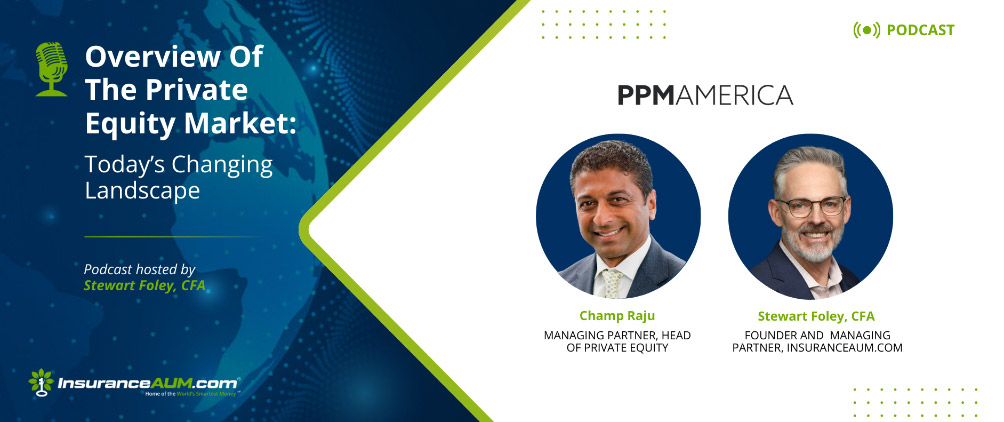PPM America
Established in Chicago in 1990, PPM America, Inc. (PPM) is a US-based institutional asset manager with $83.51 billion in assets under management as of June 30, 2025 (1).
Originally founded as a captive asset manager for a global insurance company, we now oversee more than $56 billion on behalf of insurers globally. PPM exists to consistently support our clients in achieving their long-term value goals and has the experience and the expertise to support insurer’s unique and evolving needs across a range of investment solutions including public and private fixed income, real estate and private equity.
(1) AUM includes committed but unfunded capital for PPM’s private equity and commercial real estate businesses. AUM includes both securities issued by PPM CLO vehicles held by PPM separately managed account clients and the underlying collateral assets of the CLO vehicles managed by PPM.
Bob Meikleham
Managing Director, Global Client Group, Insurance
bob.meikleham@ppmamerica.com
312-843-5929
225 West Wacker Drive, Suite 1200
Chicago, IL 60606






